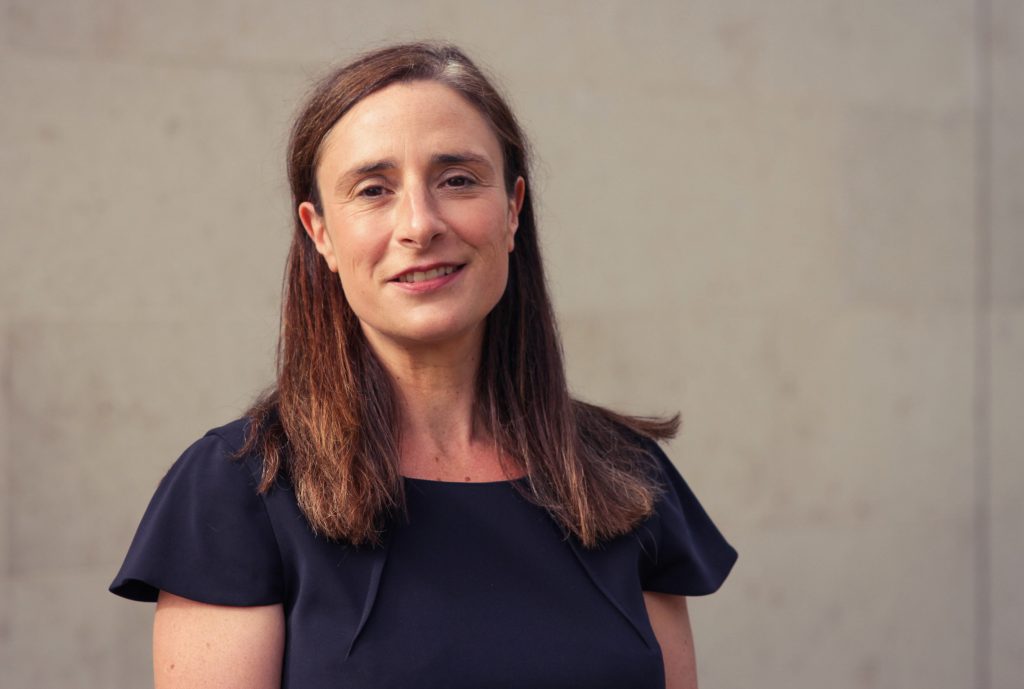
Money lessons would be a great start – but homework counts too
- The Education Select Committee is set to propose that financial education should be introduced in primary schools as part of PHSE classes.
- Research we carried out last year found that three quarters of 18-year-olds don’t understand the rules around borrowing or what a share is (2,000 people surveyed by Opinium for HL, May 2023).
- Two in three 18-year-olds don’t understand inflation, interest rates or pensions.
Sarah Coles, head of personal finance, Hargreaves Lansdown:
“They might pass their SATs, GCSEs or A-Levels, but there’s a reasonable chance kids are set to get an F for finances. At the moment, they emerge from the school system horribly unprepared for looking after their money. The move to include personal finance education into primary school education would be a welcome step forwards, but it’s not a silver bullet.
Clearly something needs to change. At the moment, an awful lot of people will emerge from school and be responsible for managing their own budget and dealing with student debt. So it’s alarming that at the age of 18, three quarters of them don’t understand the rules around borrowing. And it’s not just everyday money management that causes confusion. While a healthy 55% of 18-year-olds have grasped the finer points of savings, only 32% know what a pension is, and only 28% know what a share is. There’s a real risk that unless people learn these lessons, they won’t understand the potential growth available through investments – or how to get started, so they could pay the price throughout their lives.
Part of the issue is that we don’t start early enough – which is why the move to introduce personal finance education in primary school is so sensible. However, financial lessons can’t start and finish in the classroom. It means that whether or not these changes are implemented, parents will continue to play a key role in supporting financial education.
In many cases, this is simply including children in conversations about money, and checking they understand things rather than assuming they’ve picked up the knowledge from elsewhere. You can also help build it into their everyday life, from managing an allowance or investing in a JISA for them.
5 easy ways to introduce your kids to financial issues
1. Give them their own money
When they’re younger, this could mean giving them pocket money rather than buying things when they ask for them. It gives them the chance to make financial decisions from the start. As they get older, they can move onto an allowance covering things like going out and clothes, so they get used to managing more of their money. They could also do chores for cash – earning their own money.
2. Get them to open a bank account.
From the age of 11 they’ll be able to get a current account with a linked savings account, which you can pay their pocket money directly into. They should check a comparison site themselves to see which kids’ accounts offer the best rates, so they can weigh up interest rates. They should also get an app, which will let them switch between the accounts and keep an eye on their money.
3. Use their mistakes as learning opportunities
Some parents will always refuse to bail the kids out if they overspend their allowance, so they learn to live within their means. Others will lend them money from their next payment – but charge interest or a fee – so they get used to the price they pay for taking on debt.
4. Talk to them about your own financial decisions
They’re more likely to be interested when you’re weighing up a holiday against a new TV, but you can also bring them into more everyday decisions about spending and saving. It’s useful for them to see spending as a series of conscious decisions rather than something they’ll fall into without paying attention.
5. Introduce them to shares
By far the easiest way to do this is to invest on their behalf through a stocks and shares Junior ISA. Most people will start with a fund or a handful of funds. But take a look at the shares held by those funds, and show the kids the companies they have a stake in. You can demonstrate the effect of investing over the long term by looking at how their investments grow over the years – and you can both learn as you go along.”





